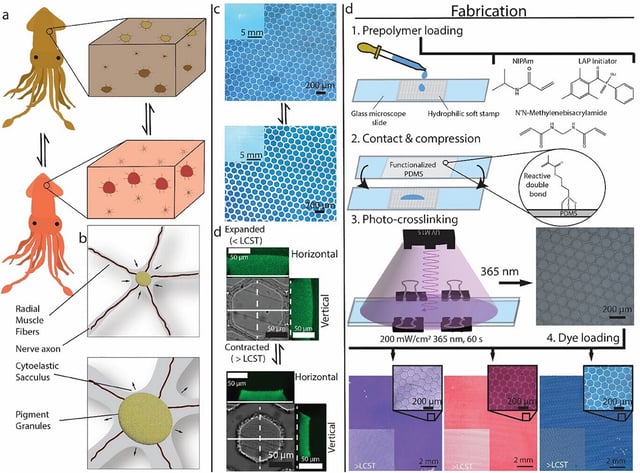Overview
- Researchers at the University of Nebraska–Lincoln used microstructured hydrogel arrays to replicate cephalopod chromatophores in a stretchable synthetic skin detailed in Advanced Materials in May 2025.
- The materials autonomously morph color and pattern when exposed to environmental triggers such as temperature, pH or humidity without relying on electronic power sources.
- Chemical composition and crosslinking density of the hydrogels enable functionality in aqueous or corrosive settings where traditional electronics fail.
- The team is adapting the skins for integration into soft robots and wearable sensors to deliver real-time environmental feedback and intuitive human-machine interfaces.
- Operating without power-intensive displays, these autonomous materials promise energy efficiency and conformability for next-generation adaptive devices.

